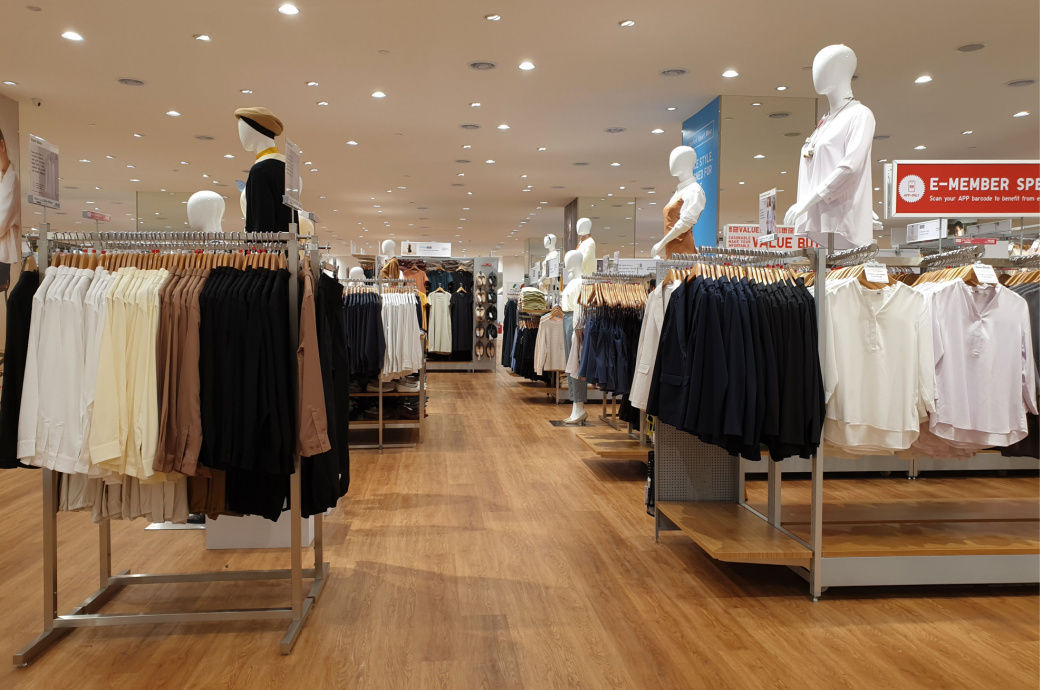
Clothing, health and beauty, electronics/appliances, accessories, footwear, home furnishings, home goods and home improvement items were the top categories targeted by organised retail crime groups, the survey found.
Retailers face security-related challenges on many fronts. Most of the retailers surveyed reported a rise in in-store, e-commerce and omni-channel fraud.
The majority of respondents also reported that guest-on-associate violence, external theft, organised retail crime (ORC) and cyber crime have become higher priorities for their organisations.
Challenges with labour shortages, employee retention and hiring, as well as issues related to masking and maintaining COVID precautions, have contributed to the risks of violence and hostility, the NRF survey found.
The current climate of active assailants and gun violence add to retailers' concerns about being able to keep employees and customers safe.
Almost half (44.5 per cent) of retail respondents said they will invest in loss prevention. About 60 per cent said they are raising their technology budget, and 52.4 per cent of respondents said they are allocating more funds to their capital and equipment budgets, according to the report.
US retailers are devoting considerable resources to prevent the victimisation of their employees, guests and organisations. They are boosting their budgets for loss prevention and technology, and 52.4 per cent are increasing budgets specifically for capital and equipment.
Retailers are implementing a variety of technological solutions, from artificial intelligence-based video analytics at point of sale/self-checkout to self-service locking cases, autonomous security robots and license plate recognition.
In addition, almost a third of retailers surveyed have established a dedicated ORC team, and retailers with such teams average greater apprehensions, prosecutions and civil demands, the survey report added.
Fibre2Fashion News Desk (DS)